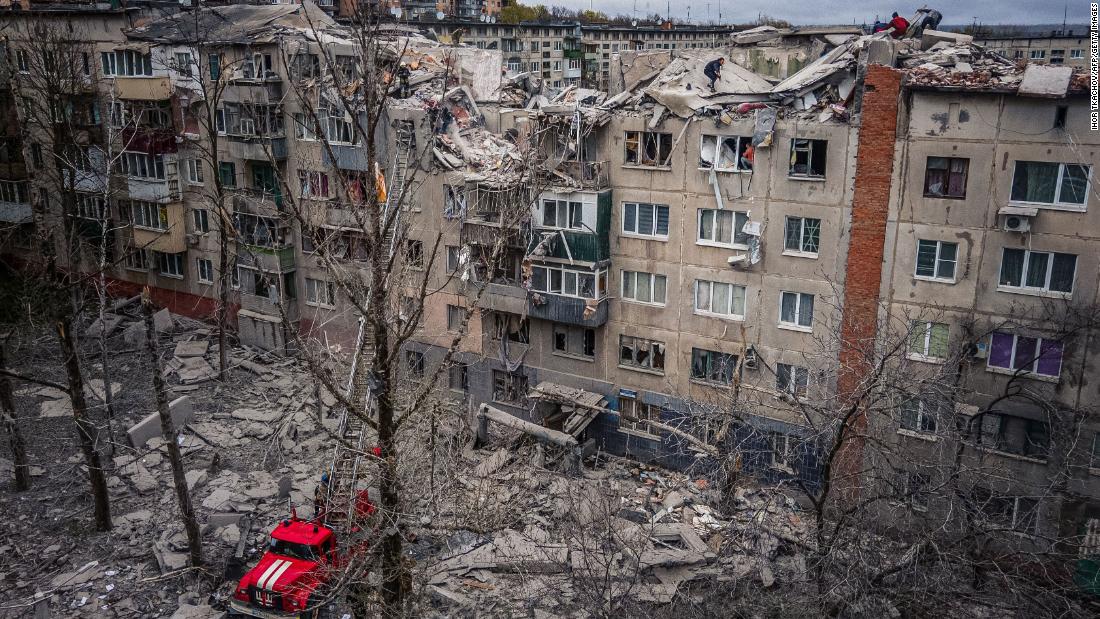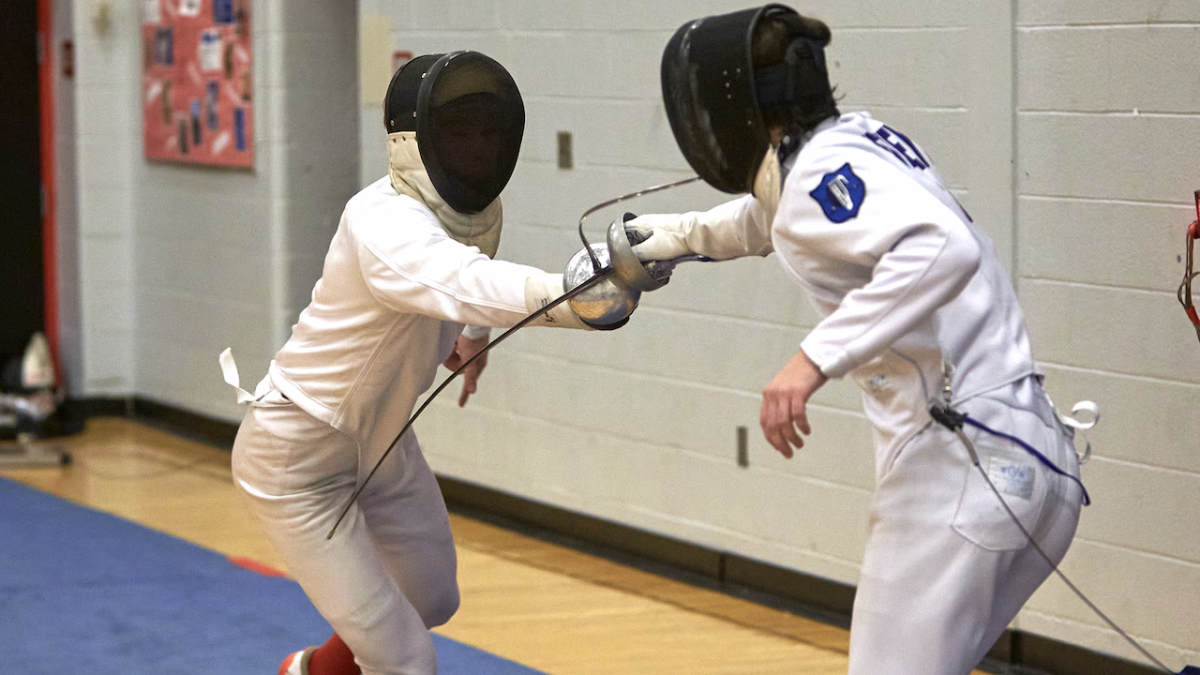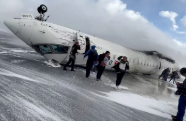After nearly 18 months of Russian invasion, the Ukraine-Russia war still continues to drag on with no end in sight.
Though the war originally began in 2014, the Russian invasion of Ukraine in February of 2022 only escalated the conflict, calling the attention of numerous Western countries, including the United States. Millions of Ukrainians were displaced as a result and were forced to seek refuge beyond.
Critical buildings and infrastructure have also been damaged by Russian troops, and Ukraine War casualties for both sides are nearing half a million losses according to U.S. officials. Moreover, Russia has committed 534 crimes against cultural heritage sites since its invasion of Ukraine; a fatal blow to the country’s culture and traditions.
Currently, both countries seem to be caught in the midst of a stalemate. Russian forces originally aimed to capture the Donbas region, but their troops only inched forward on Ukrainian soil without obtaining notable territory. Likewise, Ukraine has made minimal progress on its counteroffensive attacks, barely affecting Russian troops.
A look at the land gained by both countries reveals the brutal slowing of the war. Although Russia holds 18% of Ukraine, less than 500 square miles of territory have changed hands since the beginning of 2023. Furthermore, neither country has fulfilled its initial ambitions: Russia failed to capture Donbas, and Ukraine has not split Russia with an attack from the south as it planned. Since January 1st, Ukraine gained a mere 143 square miles, and Russia had a net gain of only 188 square miles, which is smaller than both New York City and the Ukrainian capital of Kyiv.
However, Russia seems to be at an advantage for now; the stalemate seems to be working in their favor. By keeping hold of its territorial acquisitions, Russia is “‘not losing anything by not moving forward’”, said Marina Miron, a postdoctoral researcher of war studies at King’s College London. She goes on to add that “‘The whole strategy in Ukraine is for the Russians to let the Ukrainians run against those defenses, kill as many as possible, and destroy as much Western equipment as possible.’”
On the contrary, the war’s slowing could be detrimental to Ukraine. If Ukraine shows itself to be incapable of driving back Russian forces, Western investment and aid to the country could gradually diminish through a lack of political will or hesitancy to provide more arms or military weapons. According to Dr. Miron, this reinforces Russia’s strategy of “‘trying to wait out until the West turns its back.’”
Perhaps further intervention from Western countries will break the stalemate. When asked about the ongoing war, senior Eneias Olensky said, “I believe the international community should take a firmer stance against aggressive Russian imperialism, and Russia should face strict consequences for its unprovoked invasion and war crimes committed in Ukraine.”
Time is running out for Ukrainian counter offensives too. Heavy rains are expected for the next few months, which could immobilize and prevent the usage of heavy vehicles that are not able to navigate in muddy terrain. As Dr. Miron says, “‘When there is mud and you have a 75-ton Challenger, it will sink.’”
The outcome of the Ukraine-Russia war seems highly uncertain, and it is unknown if the stalemate will finally come to an end or continue to fester.













